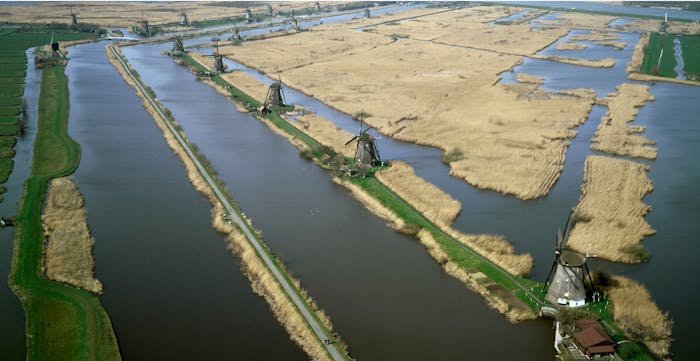Improvements in water safety deeply affects the economy and society. Existing cities, monuments, nature values, agriculture, and of course all the residents and stakeholders in an area must be taken into account. Custom planning is required throughout the whole process. For the historic city of Kampen, for example, this means that flood protection is in the hands of a large group of volunteers. In a matter of hours, they can build an emergency flood defense in the city, supported by modern technology, logistics and materials.

 14 Life Below Water
14 Life Below Water
 15 Life On Land
15 Life On Land
 13 Climate Action
13 Climate Action